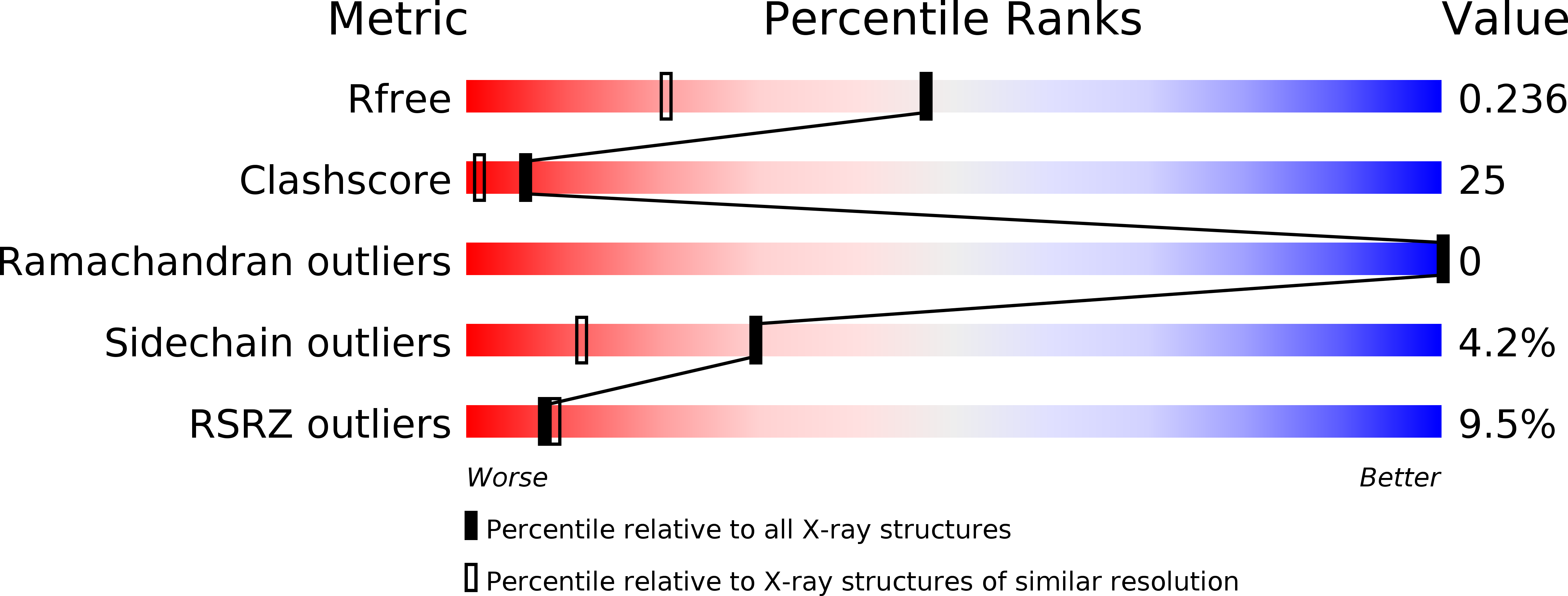
Deposition Date
2010-06-19
Release Date
2010-11-17
Last Version Date
2024-10-30
Entry Detail
Biological Source:
Source Organism:
Aeropyrum pernix (Taxon ID: 272557)
Aeropyrum pernix (Taxon ID: 56636)
Aeropyrum pernix (Taxon ID: 56636)
Host Organism:
Method Details:
Experimental Method:
Resolution:
1.70 Å
R-Value Free:
0.22
R-Value Work:
0.21
R-Value Observed:
0.21
Space Group:
H 3


